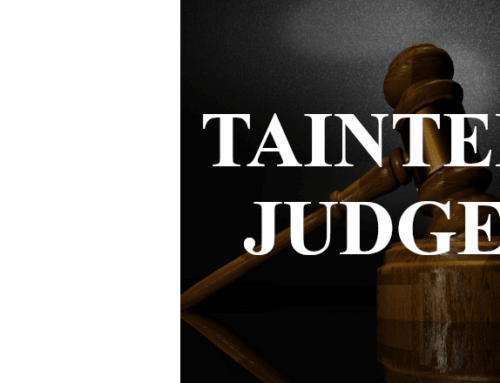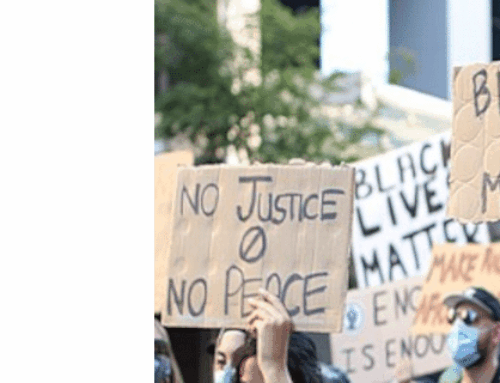Catholic League president Bill Donohue comments on an AP story on nuns victimized by priests:
They made it sound like a tidal wave. Radio news reports were all agog over angry nuns, inspired by the #MeToo movement, turning on abusive priests. As it turned out, there were just a few.
The hysteria was the work of the Associated Press. It ran a story on nuns who have allegedly been abused by priests; it was picked up by many media outlets across the nation. The reporters, Nicole Winfield and Rodney Muhumuza, made several provocative remarks, and in doing so they went well beyond mere reportage: they editorialized.
They began by citing one nun who claimed that a priest in Italy forced himself on her while hearing her confession. They never identified the alleged victim, nor did they explain why her confession took place in a university classroom. We do know that the alleged offense is not new—it happened nearly 20 years ago.
From this unverifiable anecdote we learn that this nun is “one of a handful worldwide to come forward recently” about this issue. We later learn that “about a half dozen sisters” in Chile have stepped forward with their stories. Such a small number would give most journalists pause, but not these ones.
The AP reporters say that their “examination” of nuns being abused by priests extends to Europe, Africa, South America, and Asia. What investigation? When did it start and when did it finish? There are approximately 700,000 nuns worldwide. How many did these reporters interview? How did they decide whom to interview? Or did they simply Google some old news stories? They never say.
Why did they choose to investigate nuns, and no one else? They cite recent news stories about Cardinal Theodore McCarrick as having brought the Catholic Church back into the news on this subject. Can we expect a similar “investigation” of Bollywood females working in Mumbai now that Les Moonves is all over the news?
The sophomoric nature of this “investigation” is one thing; it is quite another when journalists make the jump from reporting to editorializing. They argue that the problem of nuns being abused by priests is “global and pervasive, thanks to the universal tradition of sisters’ second class status in the Catholic Church and their ingrained subservience to the men who run it.”
If Winfield and Muhumuza want to become op-ed writers, they should resign as reporters and do so. But to inject their own bias into their news stories is indefensible. It is also hypocritical.
Just last December, the Washington Post ran a story headlined, “No One Should be Surprised by Journalism’s Sexual Harassment Problem.” The subtitle is particularly apropos: “Women in the Industry Have Long Been Treated as Second-Class Citizens.”
Are the women who work at AP second-class citizens as well, or just the nuns they “investigate”? One thing is for sure: AP has a history of sexual misconduct among its employees. Indeed, in the same article just mentioned, AP is cited as a company where women who work there have filed sexual abuse complaints with the Equal Employment Opportunity Commission. Conveniently, they settled out of court in the 1970s. Do they still settle out of court?
The AP story on the nuns mentions two previous studies on this subject. In 1994, Sr. Maura O’Donohue found that some degree of sexual abuse of nuns by priests occurred in many nations, especially Africa. The Vatican said it was aware of the African problem, noting that it is “restricted to a certain geographical area.”
More recently, the AP reporters say that a 2013 book, The Nuns of Sant’ Ambrogio, is the “most sensational account” ever offered. They say the book is based on “the archives of the Vatican’s 1860s Inquisition trial of abuse, embezzlement, murder and ‘false holiness’ inside a Roman convent.”
That’s true. What the reporters don’t tell the reader is that the book is not about priests abusing nuns. It’s about lesbian nuns. It focuses on Sr. Maria Luisa, who was known as a “sociopath, embezzler, false saint, sexual predator, pathological liar and murderer.” She coerced young nuns into lesbian initiation rites. Not exactly the narrative pushed by the AP reporters.
Many journalists love to report on dirt in the Catholic Church, but who reports on dirt in their own house? No one.
Last December, the Columbia Journalism Review mailed surveys to 149 newsrooms asking about their policies governing sexual misconduct. It was sent to human resources directors, senior editors, communications directors, and press officers. The number who responded? Zero.
There is a game being played, and it is scurrilous. The AP has done major stories on sexual abuse in the schools (2007); sexual misconduct in law enforcement (2015); sexual assault by fellow students (2017); sexual abuse by U.N. peacekeepers (2017); sexual misconduct by state lawmakers (2018); and sexual assault by doctors (2018).
Not until the AP turns its cameras and notepads on journalists, including their own colleagues, will they have any real credibility.







